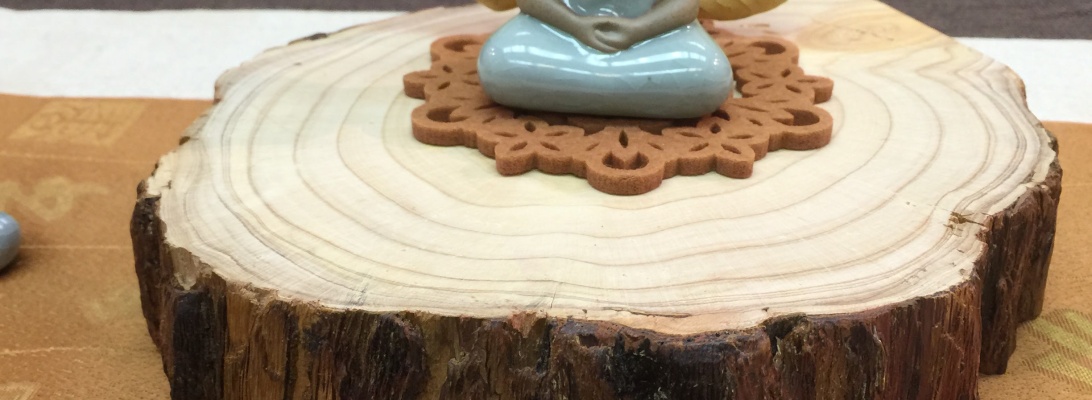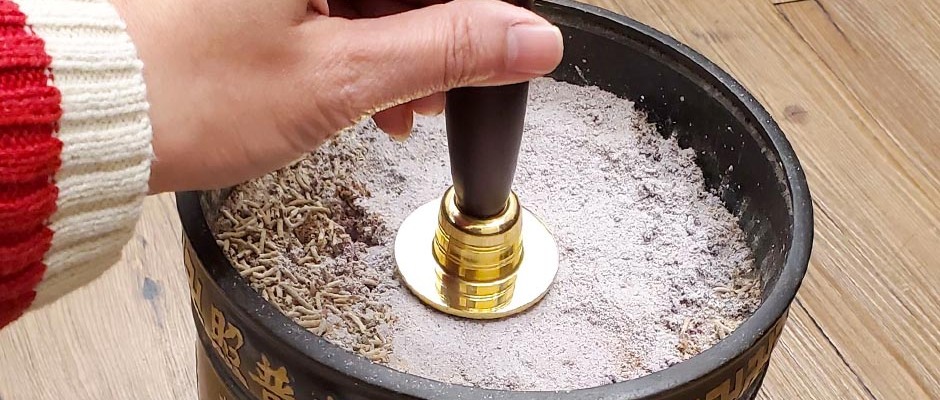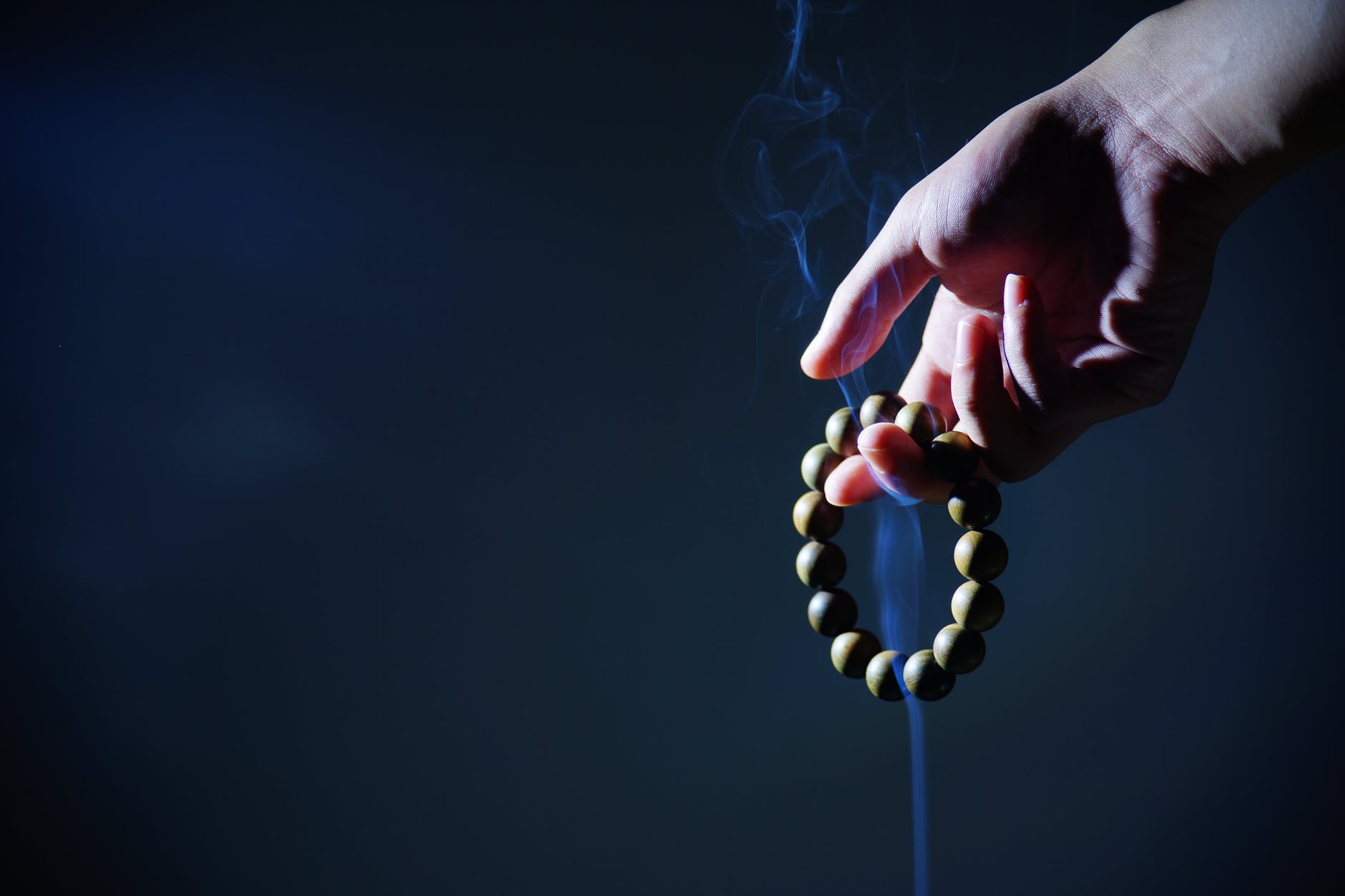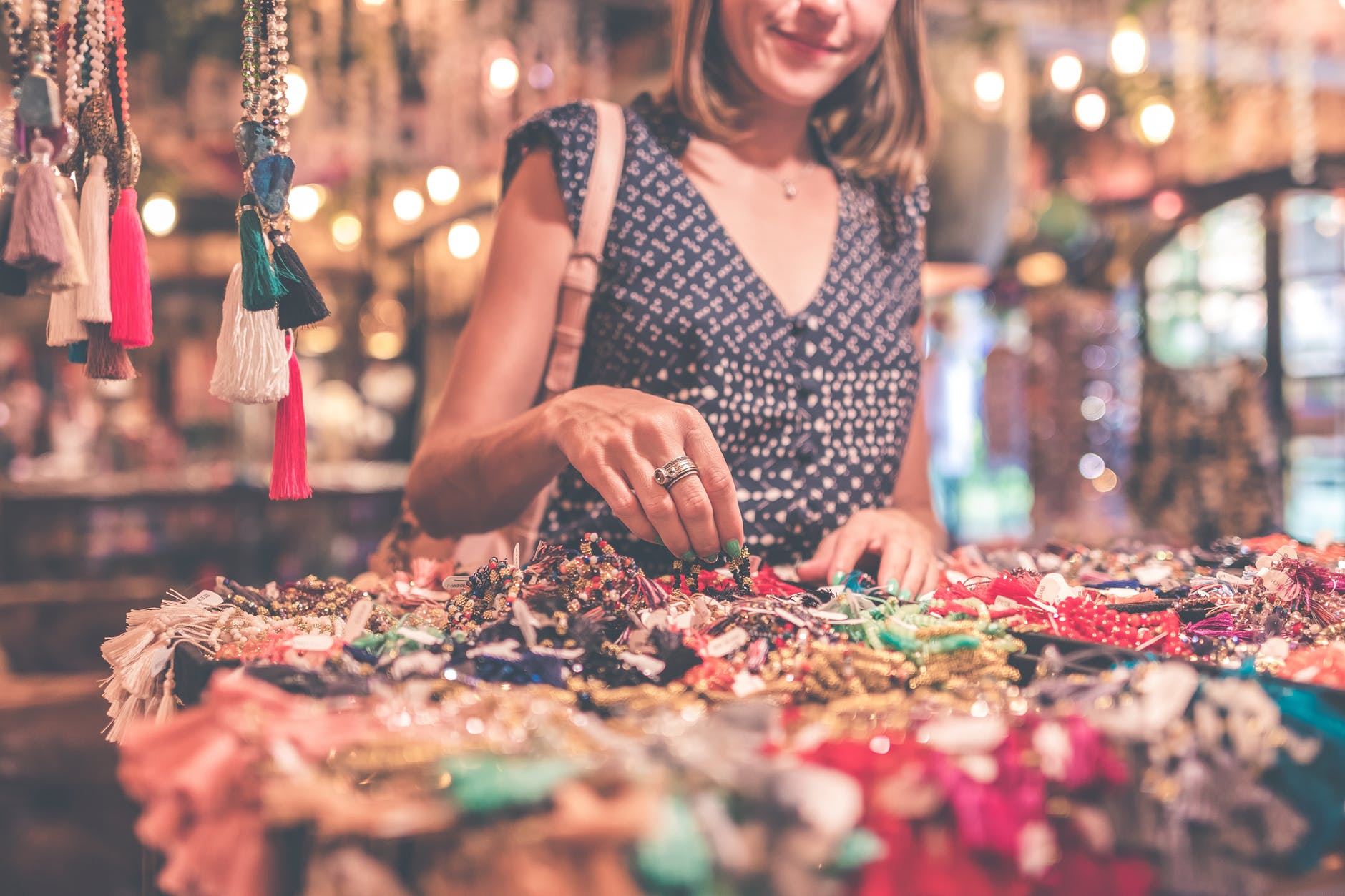Incense is a common practice in Buddhism. It is used in temples, homes, and even on the go. There are many different types of incense, each with its own unique fragrance. Incense is often burned as an offering to the Buddha or to the ancestors. It can also be used to purify the air and create a calming and meditative atmosphere. In ancient India, the climate was almost always hot and humid and sometimes just muggy. So as a way to welcome guests, incense is kind of used to relieve the sticky feeling. There are even mentions in the sutras where incense is used to invite the Buddha to give teachings.
There are many different ways to burn incense in Buddhism. The most common way is to use a stick of incense. The stick is lit on one end, then raising the incense level to your eyebrows, then placing the incense in the burner. The smoke from the burning incense rises and fills the air with a pleasant fragrance.
Incense can also be burned in cones, coils, powder, or granules. These forms of incense can be easier to use than sticks. They can simply be placed in an incense burner and lit, or you can shape the powder into a character with the help of a mold and lit at one of the edges. The more formal way to offer incense is by digging a small but deep hole in the burner, filling that hole with powder, then covering the hole with a layer of ash after igniting the powder. Then the officiant will offer wooden sticks and place them in the burning powder, creating a thick layer of offering smoke to the Buddhas.
In terms of ingredients, sandalwood, and aloeswood are the two most common that you’ll find. Before I would say that the latter is much more expensive, almost comparable to gold, but now with such a low supply that is available, some raw materials even have governmental export restrictions, even sandalwood is becoming more and more scarce. Sandalwood is known to help energize the self while aloeswood is known to help recenter and calm the self.
That being said, a lot of people opt to use blended incense. Not that I’m saying it’s bad or anything like that. Tibetan and Japanese incense is blended. Ancient forms of aromatherapy also use blended incense. But some people make blends that are…just not good.
In the market, you’ll see a lot of yellow-colored incense. Here’s the thing. the original reason behind the yellow, especially in Chinese incense is that yellow is actually a dye from a medicinal plant. End users at the time weren’t too excited about their sandalwood incense looking a grayish yellow or light brown color so they added this dye which does not add any additional aroma but brightens the color of the incense product. Nowadays, the dyes used are probably not from the fruit and the blends used are not only of low quality but can be harmful as well since the ash from the additional lime powder while burned can actually harm the skin for example. My suggestion is to shop around and do your homework.







